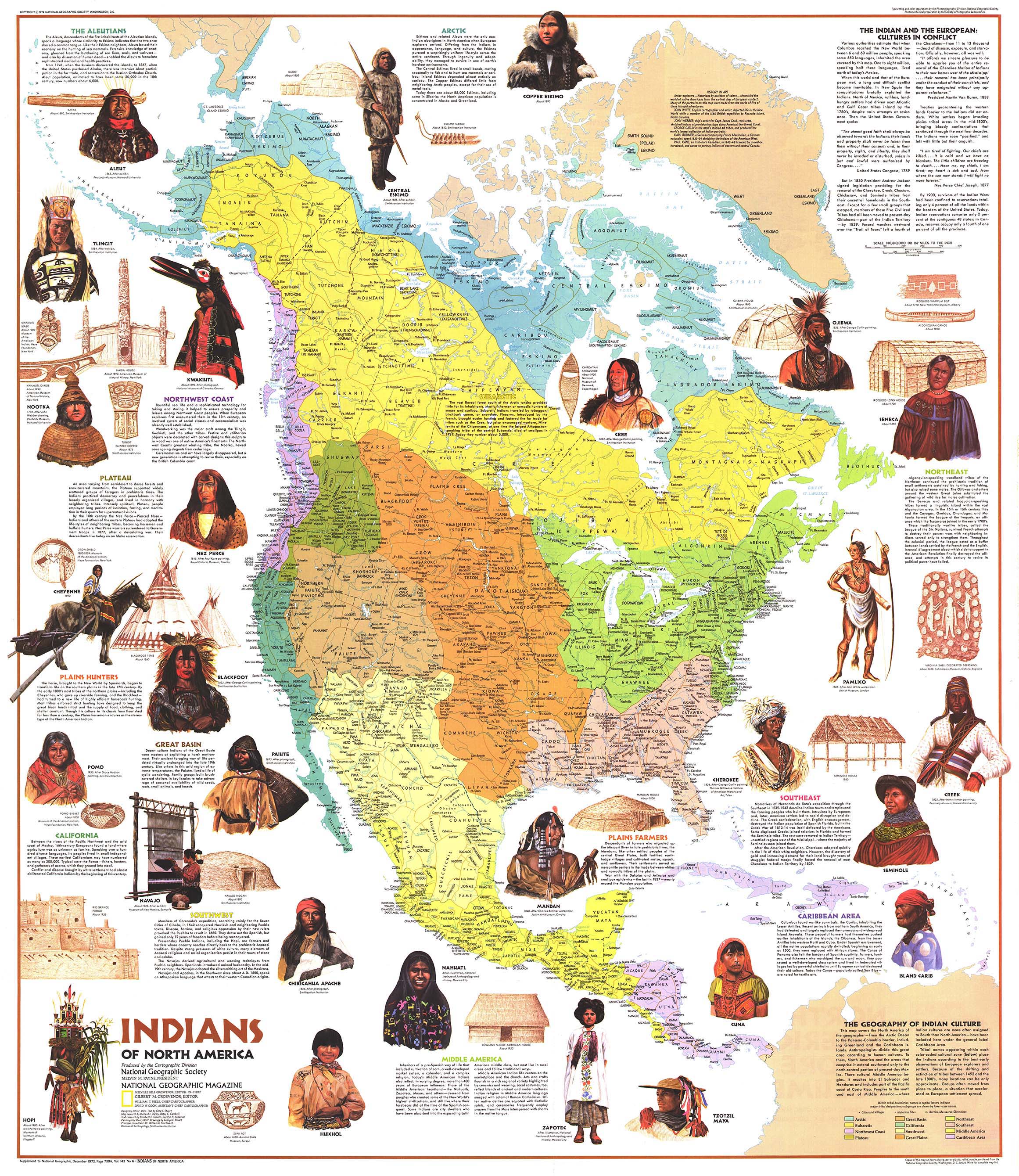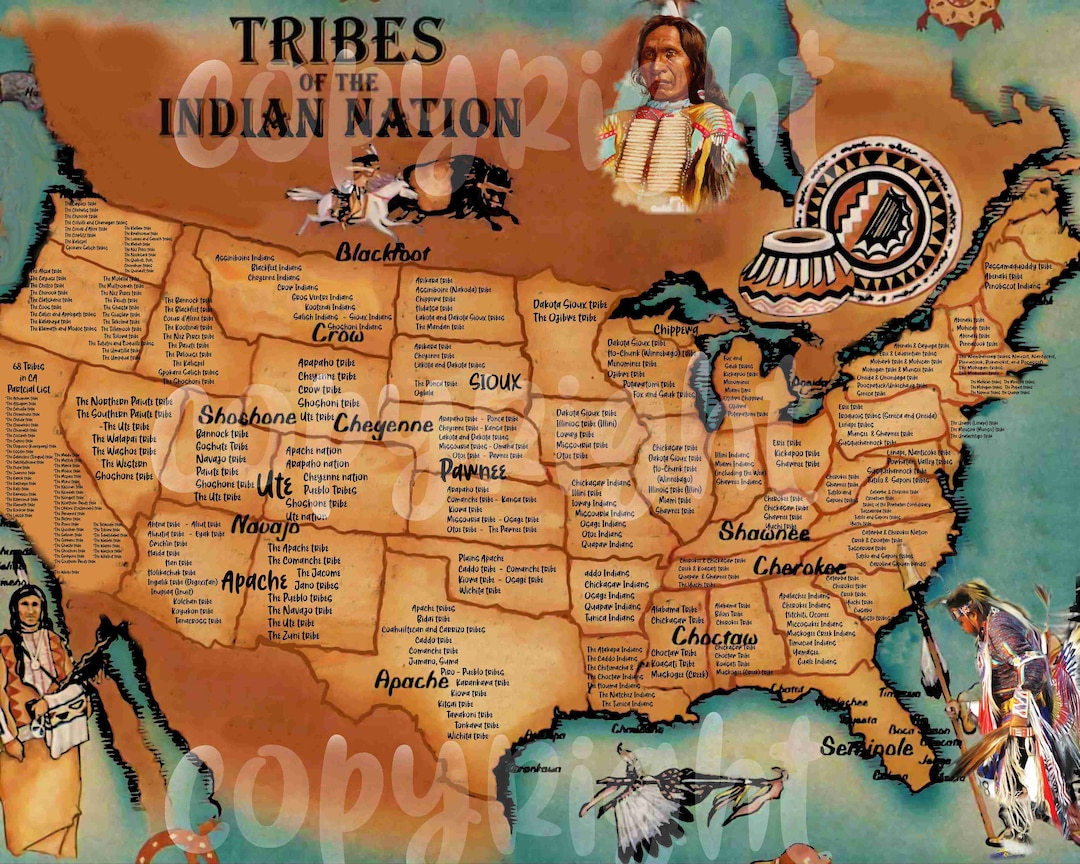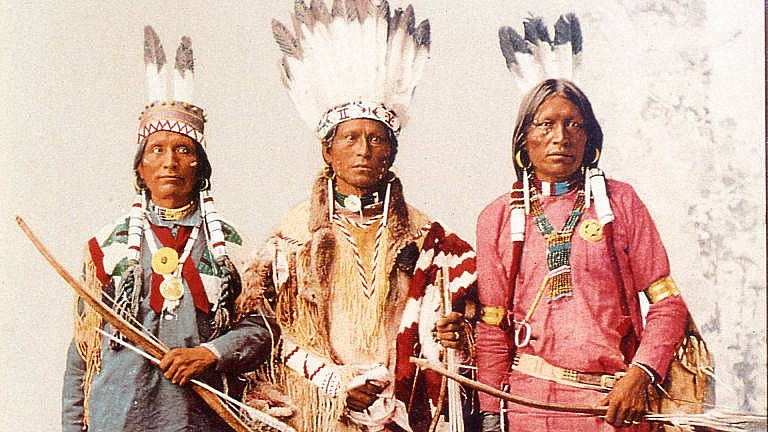A Tapestry of Cultures: Exploring the Native Tribes of North America
A Tapestry of Cultures: Exploring the Native Tribes of North America

The vast and diverse landscape of North America is not only home to towering mountains, sprawling forests, and shimmering coastlines, but also to a rich tapestry of indigenous cultures that have thrived for millennia. The Native tribes of North America, a collective term encompassing hundreds of distinct nations, each with their own unique languages, traditions, and stories, represent a vibrant and enduring legacy that continues to shape the continent’s history and identity.
A Legacy of Resilience: The First Inhabitants
Related Articles: A Tapestry of Cultures: Exploring the Native Tribes of North America
- Unleash Your Wild Side with a Bear Paw Hand Tattoo – Roar in Style!
- Rhythm of the Ancestors: Uncover the Magical World of Aboriginal Clapsticks
- Unveiling the Symbolism and Stories Behind American Indian Feathers
- Roaring Legends: Unveiling the Native American Bear’s Spirituality
- Unleash the Mystic Power of Spirit Animals: Guardians of Your Soul
Before the arrival of European colonists, North America was a vibrant mosaic of indigenous cultures, each adapted to the unique environment they inhabited. From the icy plains of the Arctic to the sun-drenched deserts of the Southwest, Native tribes developed complex social structures, sophisticated agricultural practices, and intricate belief systems that reflected their deep connection to the land.
The Power of Oral Traditions:
Oral traditions, passed down through generations, played a crucial role in preserving knowledge, history, and cultural values. Stories, songs, dances, and ceremonies served as powerful tools for education, entertainment, and spiritual connection. These traditions provided a framework for understanding the world, navigating social relationships, and maintaining a deep sense of community.
Diverse Cultures, Shared Values:
Despite their diverse languages and customs, Native tribes shared a common respect for the natural world and a deep understanding of its interconnectedness. The concept of "Mother Earth" resonated across cultures, emphasizing the importance of living in harmony with nature and respecting its resources. This interconnectedness extended to the spiritual realm, where nature was often viewed as a source of power and wisdom.
The Impact of Colonization:
The arrival of European colonists in the 15th century marked a profound shift in the lives of Native tribes. Displacement, disease, and forced assimilation led to a devastating decline in indigenous populations and a loss of cultural practices. Despite these challenges, Native tribes have shown remarkable resilience, actively fighting for their rights and preserving their traditions.
Modern Native Communities: A Continued Struggle

Today, Native communities continue to face challenges related to poverty, discrimination, and the erosion of their cultural heritage. However, they also demonstrate an unwavering commitment to self-determination and cultural preservation. Through education, activism, and the revitalization of traditional practices, Native tribes are reclaiming their voices and celebrating their unique identities.
Celebrating the Diversity: A Journey Through Native Cultures
To truly appreciate the richness of Native cultures, it’s essential to move beyond generalizations and explore the individual stories of each tribe. Here are some examples of the diverse cultural expressions found across North America:
- The Navajo Nation: Known for their intricate weaving, traditional jewelry, and powerful storytelling traditions, the Navajo Nation is the largest tribe in the United States, residing primarily in the Southwest. Their unique language and cultural practices have been preserved through generations, demonstrating their resilience and strength.
- The Cherokee Nation: With a rich history of resistance and cultural preservation, the Cherokee Nation is renowned for its language, known as Tsalagi, and its unique syllabary, a writing system developed in the 19th century. The Cherokee Nation has been instrumental in advocating for Native rights and promoting cultural awareness.
- The Inuit People: Living in the harsh Arctic regions of North America, the Inuit people have developed remarkable adaptations to survive in extreme conditions. Their traditional hunting and fishing practices, along with their unique language and cultural traditions, reflect their deep connection to the land and their profound respect for the natural world.
- The Lakota Nation: Known for their warrior spirit and their powerful connection to the Great Plains, the Lakota Nation has played a significant role in shaping the history of the American West. Their traditional ceremonies, stories, and dances reflect their rich cultural heritage and their enduring spirit.

Beyond Stereotypes: Understanding the Nuances

It’s crucial to move beyond stereotypes and generalizations when exploring Native cultures. Each tribe has its own unique history, language, traditions, and beliefs. Avoiding the use of terms like "Indian" or "Native American" as monolithic categories is essential, as it fails to acknowledge the diversity of indigenous cultures.
Respect and Recognition: A Path Forward
Respecting the diversity and resilience of Native tribes is essential for building a more inclusive and equitable society. Acknowledging their contributions to the history and culture of North America, recognizing their sovereignty, and supporting their efforts to preserve their traditions are vital steps towards fostering a deeper understanding and appreciation of their unique heritage.
FAQ About Native Tribes of North America
Q: How many Native tribes are there in North America?
A: There are hundreds of distinct Native tribes in North America, with estimates ranging from 500 to over 1,000, depending on the criteria used for defining a tribe.
Q: What are some of the major language families of Native tribes in North America?
A: Some of the major language families include Algonquian, Iroquoian, Athabaskan, Siouan, Salishan, and Na-Dené.
Q: What is the difference between "Native American" and "Indian"?
A: "Native American" is generally preferred as a more accurate and respectful term, while "Indian" can be considered outdated and potentially offensive.
Q: What are some ways to support Native communities?
A: Supporting Native-owned businesses, attending cultural events, advocating for Native rights, and donating to organizations that support Native communities are all ways to contribute.
Q: What are some resources for learning more about Native tribes?
A: There are many online resources, books, museums, and cultural centers dedicated to sharing information about Native tribes. The National Museum of the American Indian, the Smithsonian Institution, and tribal websites are excellent starting points.
Conclusion
The Native tribes of North America represent a vibrant tapestry of cultures, each with its own unique stories, traditions, and contributions to the history and identity of the continent. By celebrating their diversity, respecting their sovereignty, and supporting their efforts to preserve their heritage, we can build a more inclusive and equitable society that honors the enduring legacy of these remarkable peoples.

Closure
Thus, we hope this article has provided valuable insights into A Tapestry of Cultures: Exploring the Native Tribes of North America. We appreciate your attention to our article. See you in our next article!